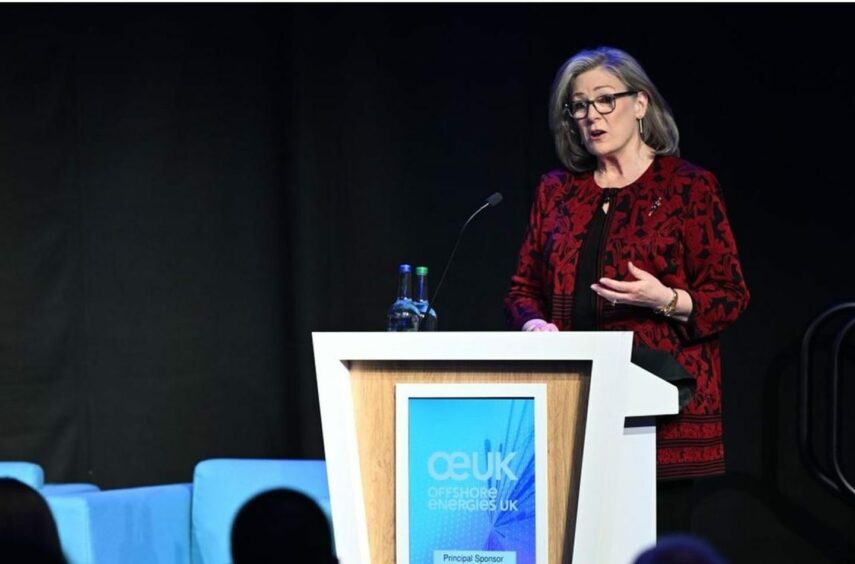
Harbour Energy (LON: HBR) chief executive Linda Cook told investors that her firm will lobby government to include carbon capture and storage (CCS) spending in windfall tax allowances.
The UK’s largest producer of oil and gas announced a loss of $8 million after tax in the first six months of the year, something it blamed on the UK’s ever-controversial energy profits levy, or windfall tax.
Since the beginning of 2023, Harbour Energy has made strong progress in the UK’s carbon capture and storage market, having stakes in both of the winners of the government’s “Track 2” carbon capture and storage (CCS) licensing scheme.
However, the company boss said that the cash her firm puts into CCS should fall under the windfall tax’s subsidy scheme, which currently allows a 91% return on new oil and gas spending.
On an investor call following the release of Harbour’s H1 results, Lind Cook said: “With the EPL, one of our complaints about it is that the allowance does not currently allow for it to include the CCS capex (capital expenditure).
“That’s one thing we continue to lobby the government for.”
Ms Cook said that if the UK government wants to pursue its hefty CCS goals, it must do what it can to ensure the oil and gas companies that are driving the sector have the cash flow available to get projects up and running.
She added: “If they want viable and strong domestic oil and gas companies, who are leading all of the CCS projects in the country, we need the cash flow to be able to do that.
“And if you’re taking it all away with the EPL makes things a bit difficult for us. And so, we’re continuing to lobby them around that particular thing.”
The future of Harbour’s Viking CCS project
Earlier this year, the UK government announced that the Viking CCS project in the Humber region and the Acorn project in the north-east of Scotland were both successful in the “Track2” process.
Ms Cook said: “The UK’s track progress is currently the only route to securing an economic licence from the government for CO2 storage, thus offering our projects a significant first mover advantage.”
The Track process is a funding competition for CCS projects in the UK worth £1 billion, Rishi Sunak’s government announced the winners of the second round last month as part of its Energy Week.
In 2021, the International Energy Agency conducted research into the affordability of carbon capture utilisation and storage projects, in which it explained that one of the common reasons for the slow uptake of CCUS is cost.
The group wrote: “Commentators often cite CCUS as being too expensive and unable to compete with wind and solar electricity given their spectacular fall in costs over the last decade, while climate policies – including carbon pricing – are not yet strong enough to make CCUS economically attractive.”
Harbour Energy is a major shareholder in both projects, it holds a 60% stake in Viking and the remaining 40% is held by UK supermajor BP.
The project in the Humber region is looking to expand its storage capacity by securing additional storage licences in UK waters.
The Harbour boss said: “With our partner BP, we recently applied for and have been offered two additional storage licences adjacent to the existing Viking licences, which have the potential to increase capacity by more than 50%.”
She added: “In addition to the early customer agreements to deliver 15,000,000 tonnes of CO2 for storage, we have an exclusive arrangement with associated British ports for the development of a jetty to enable shipped CO2 from the UK or from other countries to access our transportation storage system, giving the potential for additional revenues and improved returns.”
Formerly named V Net Zero, Viking carbon capture storage (CCS) looks to capture emissions from across the south Humber region, the UK’s most industrialised area.
Earlier this year, it was confirmed by geoscience consultant ERCE that Viking is capable of holding up to 300 million tonnes of CO2.
Carbon dioxide will be sent along a newly constructed pipeline from Immingham to Theddlethorpe, before entering the pre-existing 75-mile LOGGS pipeline to reach the depleted Viking gas fields.
Recommended for you


 © Supplied by Viking CCS
© Supplied by Viking CCS